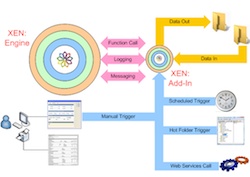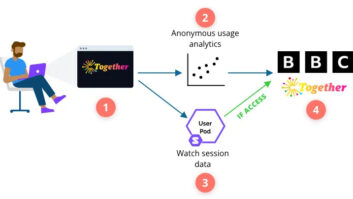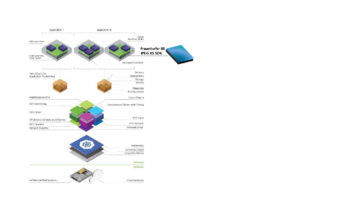
Three Media Associates has launched XEN:, a data translation engine for broadcast workflows, allowing data to be moved and synchronised between applications such as databases, spreadsheets, and EPG systems, writes David Fox
“Because of the way workflows have developed, all broadcasters have critical data distributed across Excel spreadsheets and other discreet applications,” explained TMA director, Dave Headdon. “They need to move this data from system A to system B, format A to format B. This is an everyday requirement, but we could not identify an existing tool to accomplish it simply, accurately and cost-effectively. XEN: was born out of our own frustration.”
XEN: is a Microsoft .NET engine with plug-ins to provide bespoke functionality such as data verification, transformation and translation. A simple user interface manages users, configuration and logging. XEN: allows customers to develop their own plug-ins or draw on the expertise of Three Media Associates to customise their comprehensive plug-in library. The current version runs in the background on a network connected server, but in future it will also be offered as Software as a Service.
XEN: is already in use by a number of broadcasters. Typical applications involve bridging together a number of databases, determining which is the master data set for each piece of information and maintaining appropriate synchronisation where necessary. It can be used to drive Service Level Agreements by tracking key performance indicators such as processing time targets, or for output functions like creating EPGs or driving non-linear schedules.
“XEN:’s strength is in its local configuration capability,” added Headdon. “Processes can be configured to match the specific business or technical requirements of the user, tracking and aggregating data around complex workflows and reporting on the success or failure of processes. Customers can build their own plug-ins via configuration and/or code and these are automatically discovered and managed by the main XEN: engine.”







